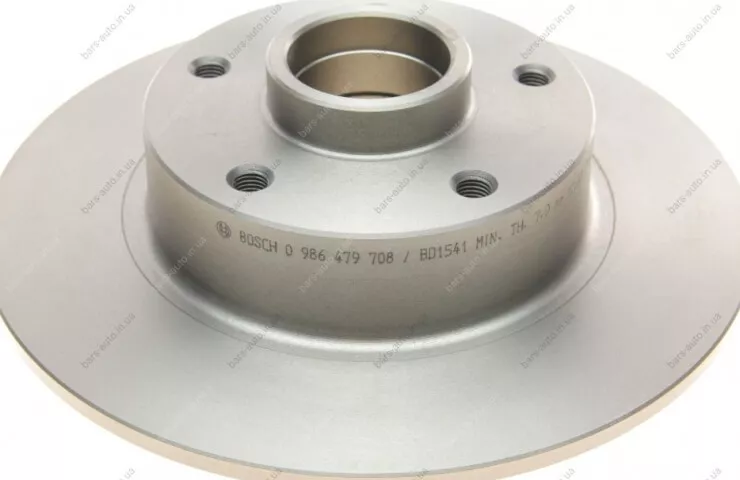Rear brake discs for Renault Megane 3: everything you need to know about choosing, replacing and maintaining
Renault Megane 3 is famous for its balance, where comfort is combined with good dynamic characteristics. However, every detail of the car needs maintenance over time. The rear brake discs are one of those components that are often overlooked, focusing only on the front axle. In fact, the condition of the rear discs is no less important: they provide overall stability, shorten the braking distance and affect the operation of the handbrake. In this article, we will look in detail at why it is worth paying attention to the condition of the rear brake discs, how to choose the right option (with or without a bearing), which brands are trustworthy and what to do to make the discs last as long as possible.
1. The role of rear brake discs in safety and handling
-
Stabilization during emergency maneuversContrary to popular belief that "the front wheels decide everything," it is the rear wheels that are often responsible for directional stability during sudden braking. If the rear axle is worn out, the car may "veer" to the side or even skid on a slippery surface.
-
Operation of the handbrakeOn the Renault Megane 3, the rear wheels usually interact with the handbrake (whether it's a mechanical cable or an electric drive). Worn discs or incorrectly selected pads impair the vehicle's fixation on the slope and can lead to slipping of the pads.
-
Comfort during everyday drivingGentle and predictable braking at urban speeds is achieved when all components, including the rear discs, work in concert. If the rear discs are "behaved" or have uneven output, you will feel vibrations and discomfort.
-
Reducing the load on the front axleWhen the rear brakes are in order, some of the braking load is absorbed by them, which helps prolong the life of the front pads and discs, as well as prevent overheating.
2. Signs of wear and when to consider replacement
The rear brake discs are usually changed less frequently than the front ones. Their resource can reach 60,000-90,000 km or even more with careful driving. However, besides the mileage, there are other "bells" indicating the need for replacement.:
-
Metallic sounds (creaking, whistling, grinding) when braking.
-
Vibrations on the steering wheel or body, especially noticeable in the rear seats.
-
Jerky braking when gently pressing the pedal.
-
Visual cracks, chips, deep rust on the working surface of the disc.
-
Accelerated wear and tear





